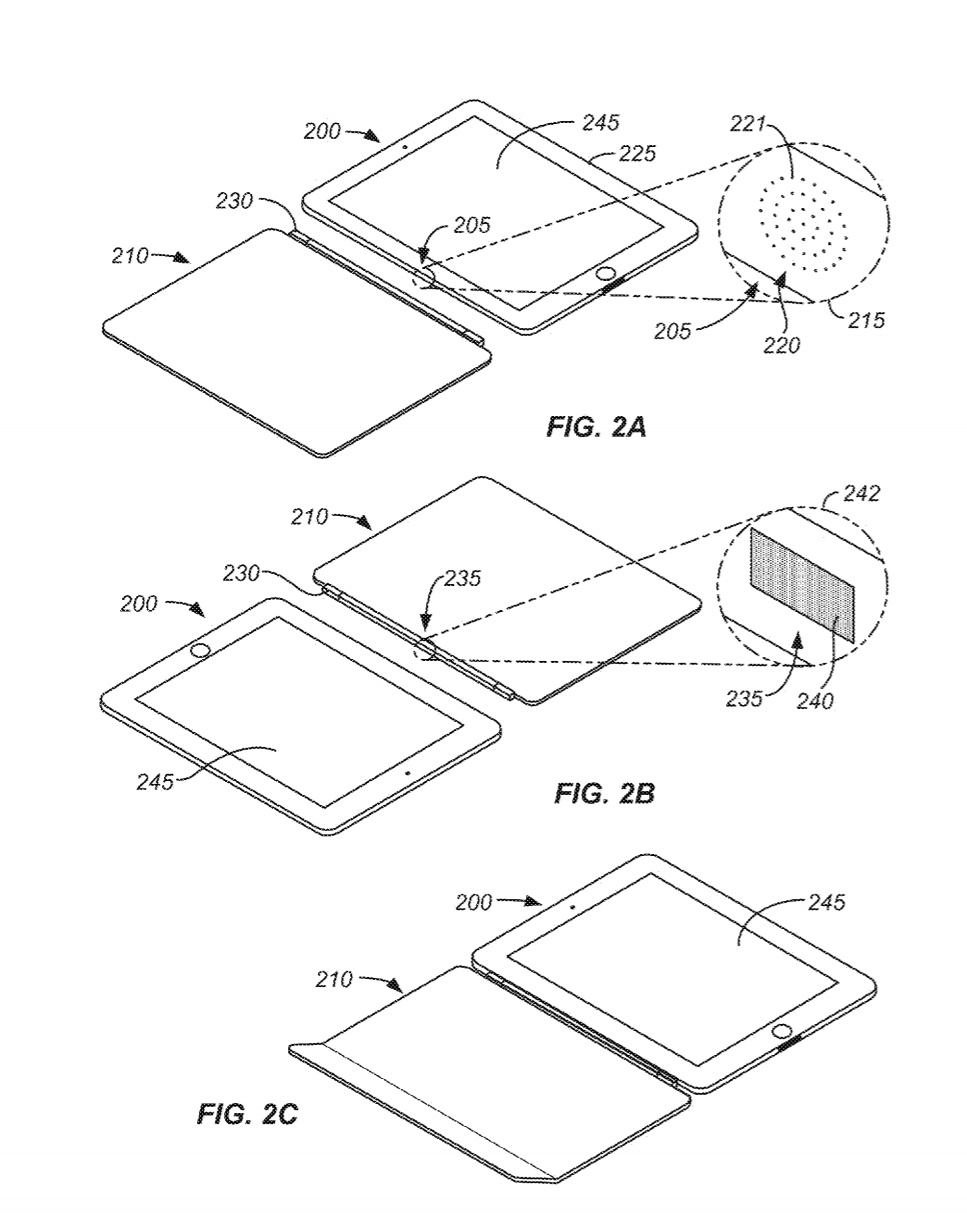Will Apple replace the Lightning port with Li-Fi in future iOS devices?

A future without wires has been Apple’s most ambitious design for decades, and we are willing to bet that this scenario is in the cards. Perhaps not in the immediate future, but something is at work, towards “liberating” devices from all, or most of their physical tethering.
The demise of the 3.5 mm audio jack is but one example of Apple’s mission to changed the way we consume electronics. Apple’s stance on innovation has always been a risky one, but one thing is certain: the risk was worth it every single time, may it be about wires or moving parts.
From the retirement of the CD and DVD reader, to the fall of the cathode tube and VGA port, Apple devices have shed more dead weight than any other manufacturer’s, often amidst kicking and screaming public opinion, ultimately shushed by quarterly earning calls that promptly tell a different story, titled: “People like change”.
As it turns out, the ultra centenary audio jack is not the only interface on its way out, at least from iOS devices. The Lightning port might as well start squirming in its socket as well, as the very real possibility of being replaced, is looming at the horizon.
Filed this week, US patent 9453976 “Optical Connector”, is an invention that is not so unfamiliar after all:
“...An electronic device having an optical connector that provides and/or receives optical signals through openings or perforations formed at an external surface of the electronic device. ...”.
The description of this patent is quite familiar as we have discussed a similar design in November of last year, in reference to a future alternative to Wi-Fi, called “Li-Fi”, which might as well be a play on words, as the working principle is the transfer of data between two light sources. This sophisticated form of “Morse-code” uses visible light frequencies between 400 and 800 Terahertz, to move bits from one location to another. Since light travels at constant speed, transfer of data is reliable, as long as there is a direct line of sight between the receiver and the recipient of the transmission.
The patent describes a principle that is virtually identical, and could be used to transfer data in a way that is much more reliable and fast than what the Lightning port currently allows.
It’s very possible that future iPad models may one day support a form of “Li-Fi” to connect to devices and to replace NFC entirely, with a much more secure form of communication, due to the nature of the invention.
A light beam is targeted, and can be pointed towards a precise location, as it is not simply a radio transmission that can be intercepted by devices other than the ones for which such communication is intended. This means that the transfer of information, and the communication with wireless peripherals in a public place where Wi-Fi is often unsecured, can be made a lot safer than it currently is.
Better yet, this method may also allow to charge a device like an iPad Pro, wirelessly, using the same interface, and with no need of wires of wired charging mats.
Ready to shop?
Shop for the ultimate deals in productivity at PortableOne where you’ll find the latest, powerful iPad Pro , as well as a complete range of accessories.